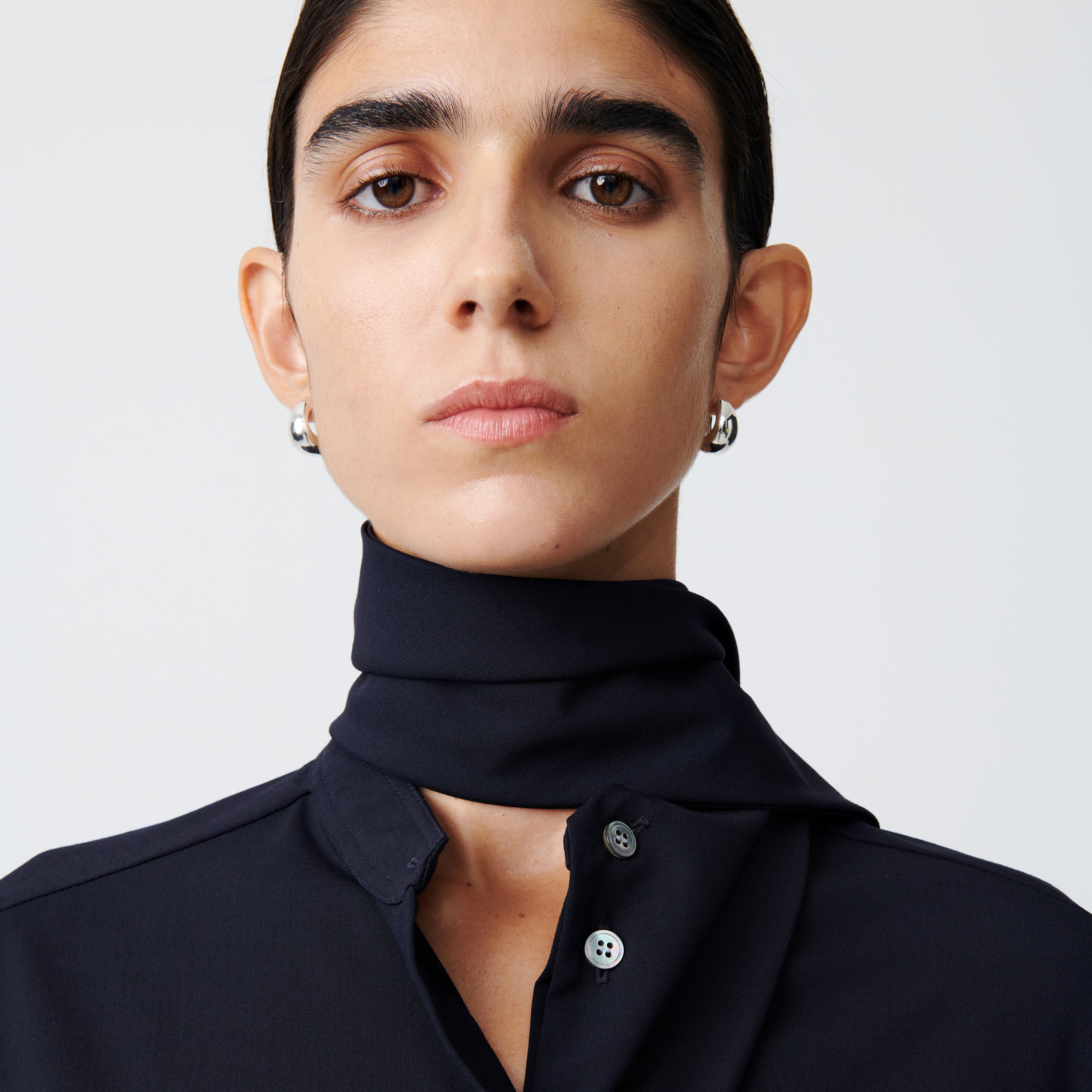









Photography: Aya Sekine
SANAA is a Japanese architectural studio founded in 1995 by Kazuyo Sejima and Ryue Nishizawa (Sejima And Nishizawa And Associates). The Tokyo based duo are responsible for a number of highly acclaimed buildings worldwide, including the Louvre-Lens In France, The Rolex Learning Center in Switzerland, the New Museum of Contemporary Art in New York, and the Serpentine Gallery Pavilion in London. They also earned the Pritzker Architecture Prize in 2010, the profession’s highest honour.
In Japan, SANAA’s fresh, innovative design approach has contributed to the changing landscapes of both urban cities and rural countryside, the best known examples being the O-Museum in Nagano, the 21st Century Museum of Contemporary Art in Kanazawa, the Marine station “Naoshima” in Kagawa and the Dior Omotesando store in Tokyo.
SANAA are also known for their experiments in housing design. For The Japanese House: Architecture and Life after 1945 currently showing at the Barbican, co-founder Nishizawa has recreated a 1:1 scale residential home, replicating one of his most recognised solo house projects, Moriyama House. The project, inspired by Tokyo’s narrow alleyways, was designed as private rental accommodation, with 10 asymmetrical, semi open-plan units connected by a garden space. Exhibition visitors are encouraged to walk around inside the fully furnished units and small gardens, to better understand how Nishizawa approached the house as a city, with each small prefab unit having a separate function in order to strengthen the connection between inside and outside.
Like all great architects, SANAA creations are sensitive to the surrounding environment. Despite the clean lines and restrained minimalism, their designs are highly complex, they use glass, steel and polycarbonate to create spaces that are elegant and refined, with a streamlined simplicity and an abundance of light.
The Pritzker Prize jury commented “They explore like few others the phenomenal properties of continuous space, lightness, transparency and materiality to create a subtle synthesis. Sejima and Nishizawa’s architecture stands in direct contrast with the bombastic and rhetorical. Instead, they seek the essential qualities of architecture that result in a much appreciated straightforwardness, economy of means and restraint in their work.”
The Japanese House is showing at the Barbican until 25th June.
www.barbican.org.uk
AS


